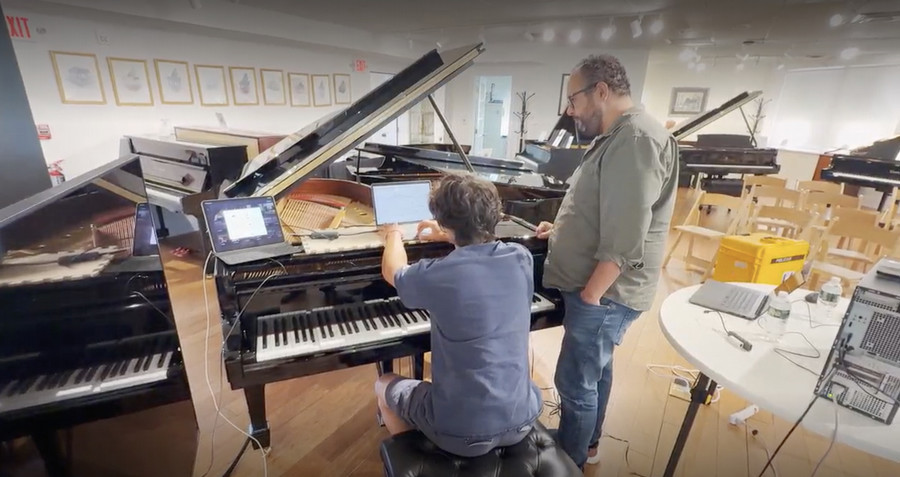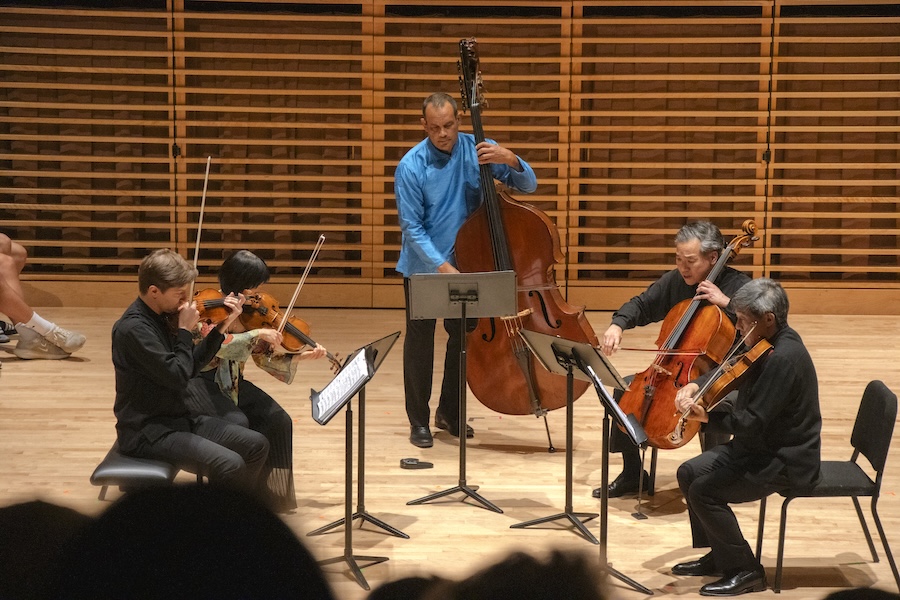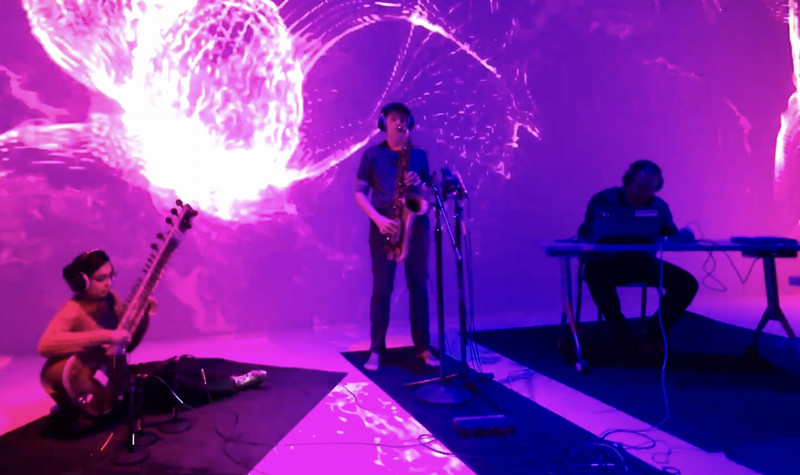How to Choose the Right Piano
By Tom PorterThe music department recently took delivery of a brand-new grand piano, thanks to a generous donor. Priced at more than $100,000, the instrument in question is a near six-foot Steinway practice grand, individually selected by Bowdoin faculty for its “beautifully balanced tone."
“The most important reason we selected this piano is that after practicing on it, it translates most readily and easily to the bigger instrument in the hall,” said Beckwith Artist in Residence George Lopez.
The “instrument in the hall” he referred to is the nine-foot-long Steinway Model D concert grand that graces the stage in Studzinski Hall’s Kanbar Auditorium.
This type of piano, which can cost over $170,000, is the preferred instrument of many of today’s concert pianists, including Lopez.
“I’m a Steinway guy. It's just a beautifully balanced and flexible overall tone,” he explained.
“With a Steinway, you can change the shape of the sound if you accelerate the hammer and you use the pedals correctly because of the way the felt is made, but you have to know what you're doing.”
The new addition, a Steinway Model O, measures around five feet eleven inches, is priced at some $109,000, and was provided by a generous donor.
It’s for practice rather than performance, explained Lopez, but the sound it creates matches the depth and tone of the concert version when played in a small room, and it’s just what Bowdoin’s advanced piano students need to prepare them for the big stage.
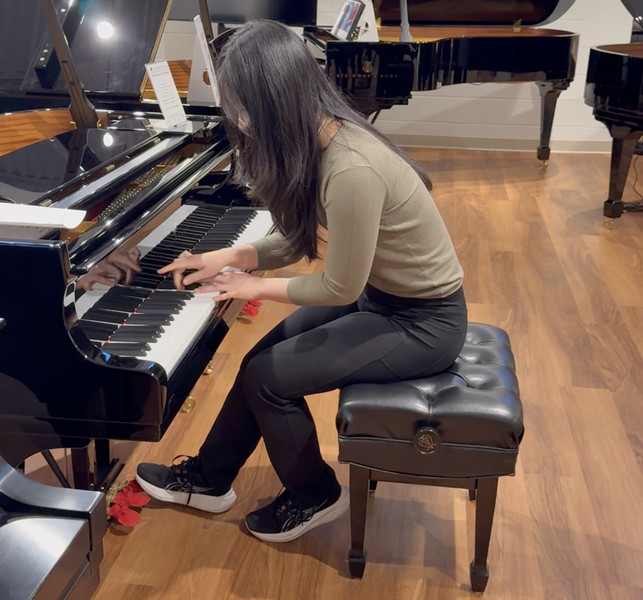
Choosing the right piano is a very personal process, as not all models sound and play the same, said Lopez, so it’s very important to try out several individual instruments before deciding which one to get.
Earlier this summer, Lopez was joined by his duo piano partner and Bowdoin piano instructor Gulimina Mahamuti, plus a group of Bowdoin piano students, for a trip to the Steinway showroom in Boston to sample a number of Steinway Os with a view to selecting one for the Bowdoin campus.
“We met the Steinway representative, Patrick Elisha-Sanmiguel, who went through all the important stuff to know about the piano as a player—the pedals, the actions, how the size changes the scope of the sound, and how the room size affects the sound. We tried pianos in a smaller room with a lower ceiling and in a larger room with a higher ceiling. It was a great educational experience for the students,” said Lopez.
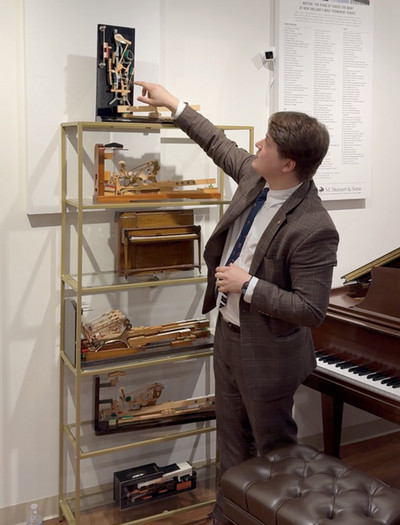
Steinway's Patrick Elisha-Sanmiguel explains to students the inner workings of the piano
Rie Du ’27 was particularly interested to hear Elisha explaining the differences between each model, such as the shape of the soundboard, and demonstrating the effect on the sound.
“That made it a lot clearer to me why a certain shape or size of piano is more suitable to a given space, which helped our decision on the O model,” she said.
Karen Tuyizigire ’28, who describes herself as a beginner piano student, said the experience, as well as teaching her about how every Steinway has its own sound, has had an impact on how she practices the piano.
“It was fun wandering around the different pianos and seeing how they responded to our adjustments,” observed Skyla Hong ’26.
“The experience also made me appreciate the importance of having a piano that responds to minute differences in touch, which are essential to produce the colors and tones you want.”
Of all the pianos sampled, one in particular stood out to Lopez and Mahamuti for the fullness of its sound.
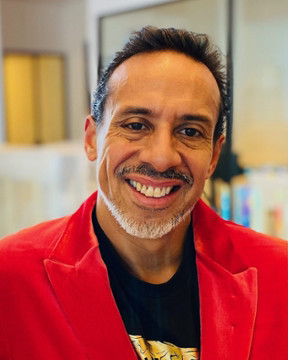
“It had a heavier action than the other Os we tried,” said Lopez, referring to the mechanism that causes the hammers to strike strings when the keys are pressed.
“This made it sound like a bigger instrument than it actually is. Our mind was made up!”
Bowdoin’s new Steinway Model O grand piano arrived on campus on August 18 and now lives in one of the practice rooms in Studzinski Hall.
